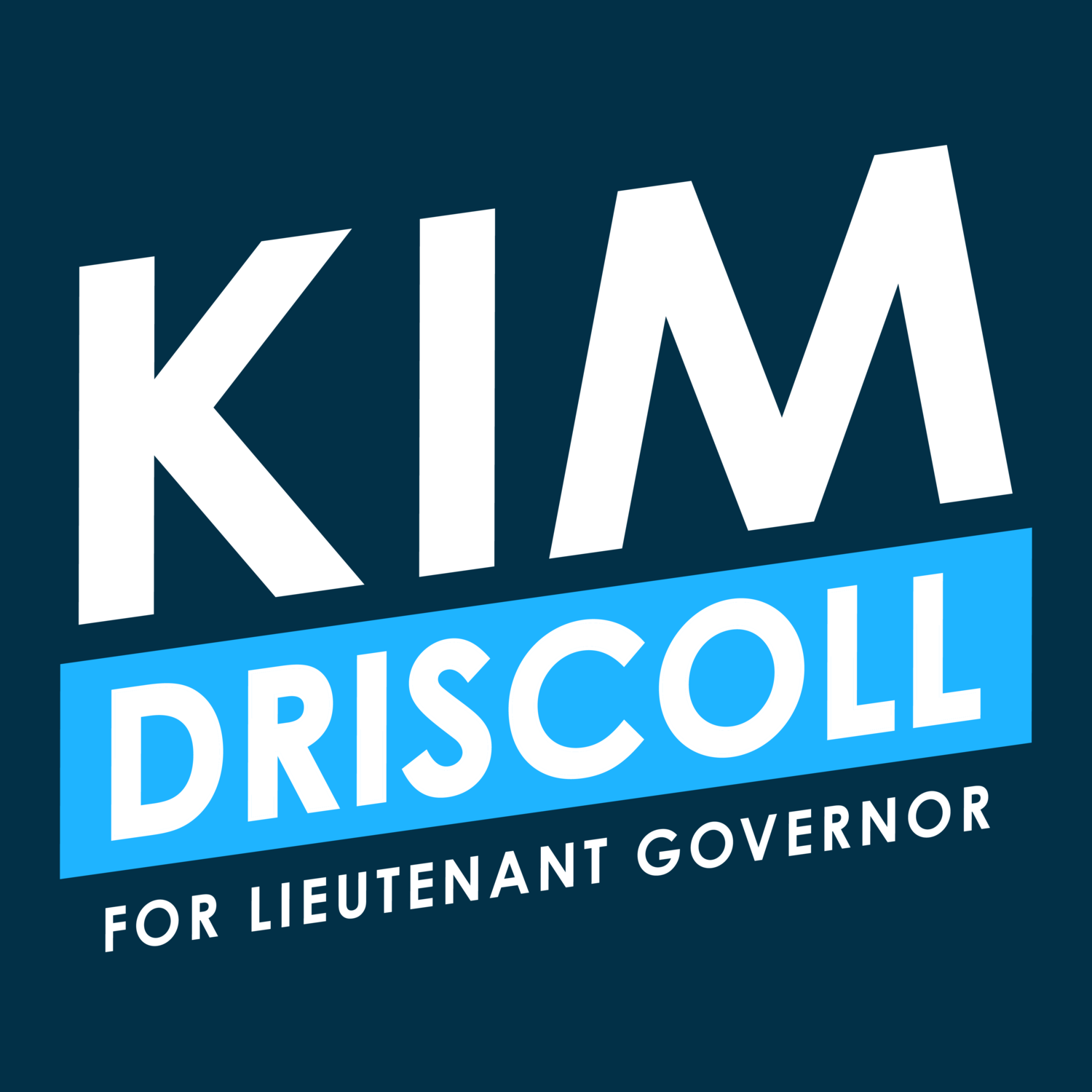
Resilience
Salem, under Kim’s leadership, has prioritized measures to reduce the community’s own contributions to climate change, while simultaneously preparing for ways to mitigate the impact of rising sea levels, more significant storms, and the other consequences of climate change. After completing both a climate change mitigation plan and a natural hazards plan, Salem embarked on a regional partnership with Beverly to take the next step in identifying solutions, both short- and long-term.
In addition to investments in hard infrastructure, such as seawall and storm drain systems, Salem has installed living shoreline resiliency projects, pro-actively designed new parks and buildings for climate change adaption, and is working to develop a wetlands/coastal zone ordinance that both thoughtfully and meaningfully regulates private construction in these sensitive areas of the city.
Kim launched a municipal electrical aggregation program that both saves Salem homeowners money on their electric bills and ensures the local energy supply is entirely renewable, exceeding even the state’s standards. Projects such as the LED street light conversions, rooftop solar installations on schools, and other energy efficiency upgrades have helped reduce the City’s own carbon footprint, as have the continuing conversion of the municipal fleet to hybrid and electrical vehicles.

